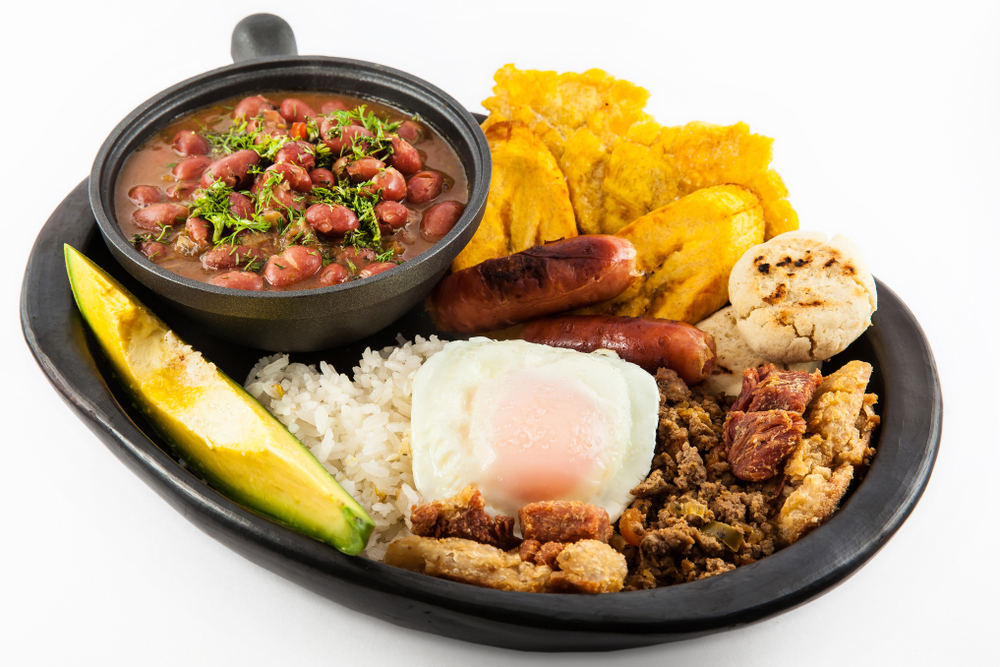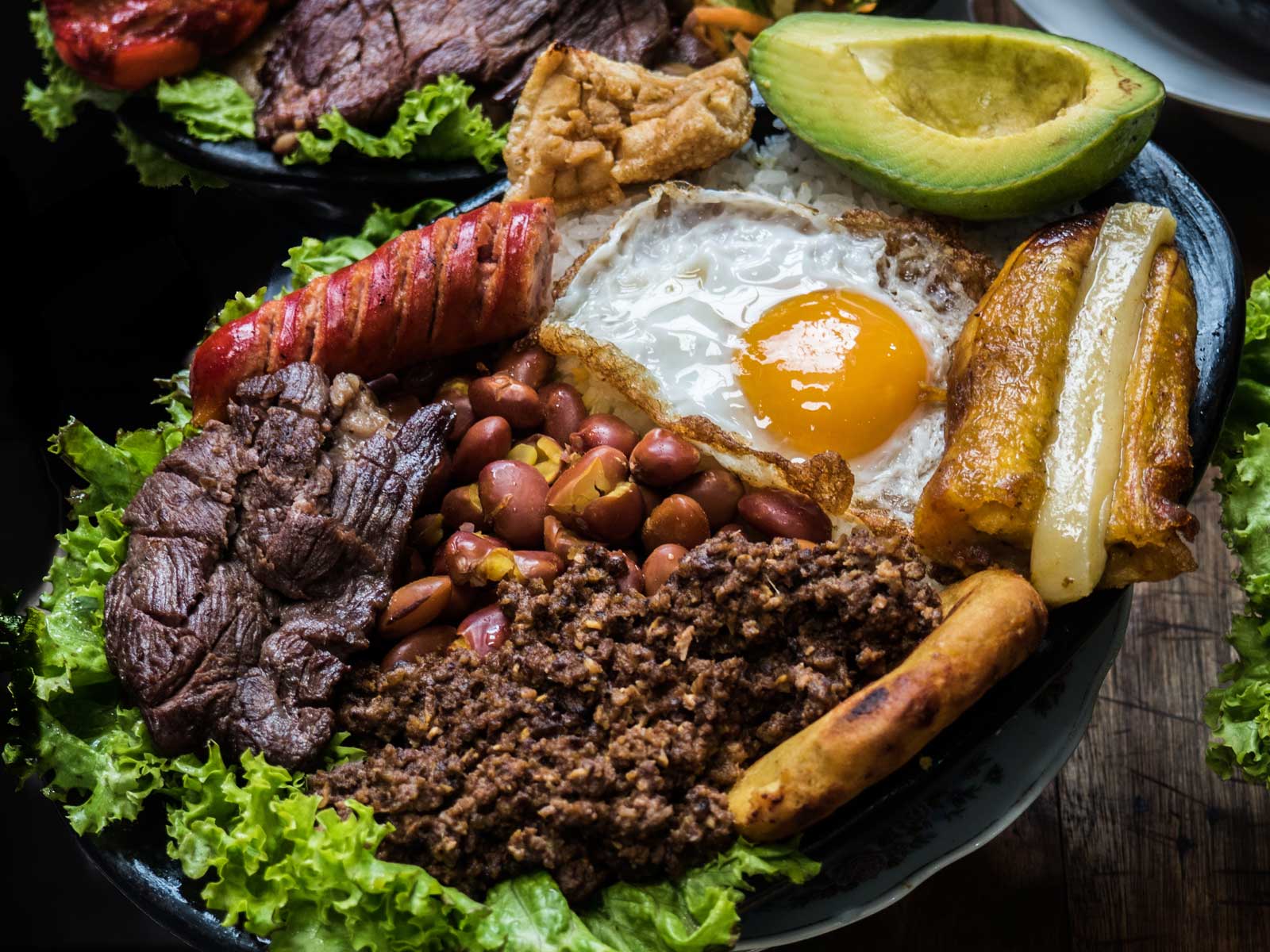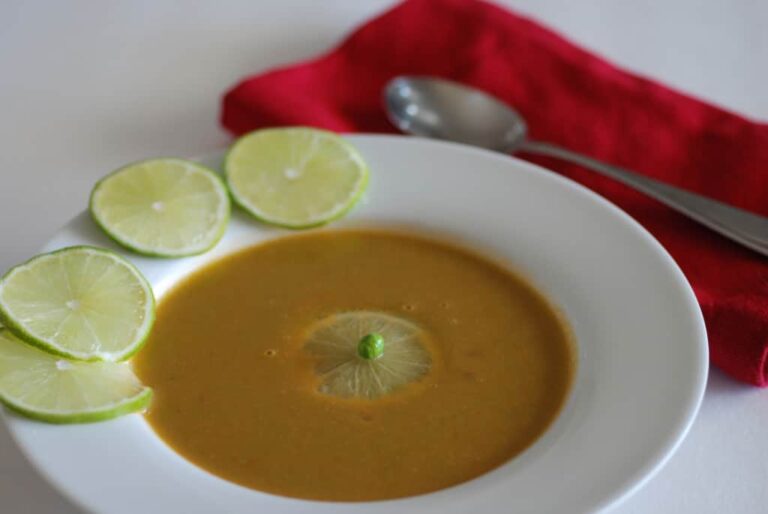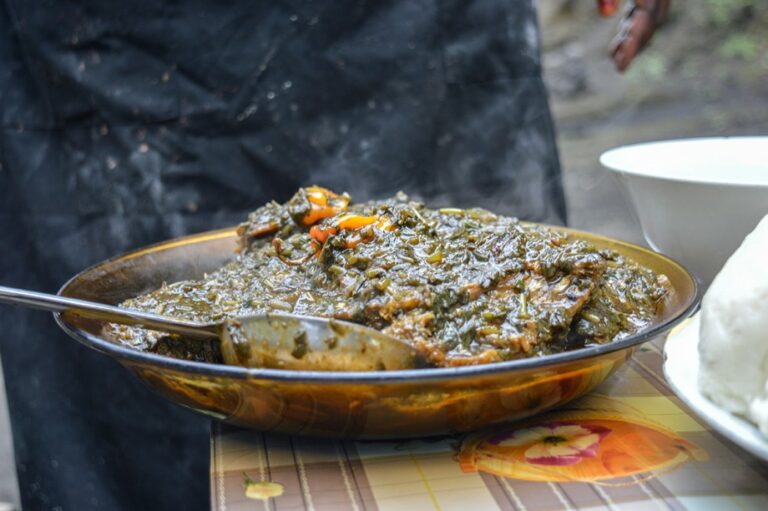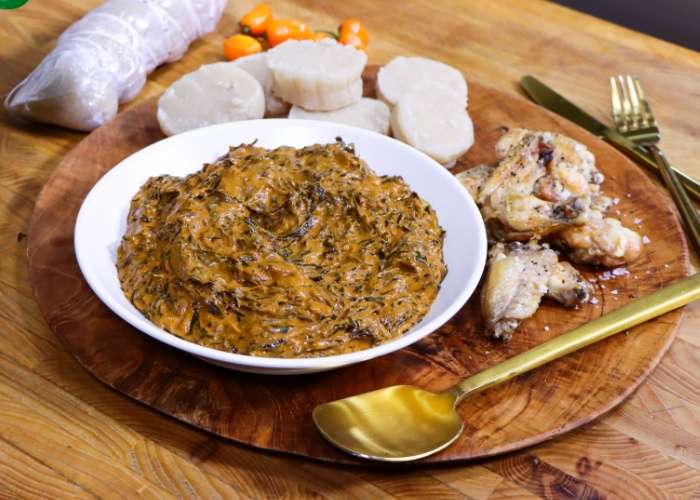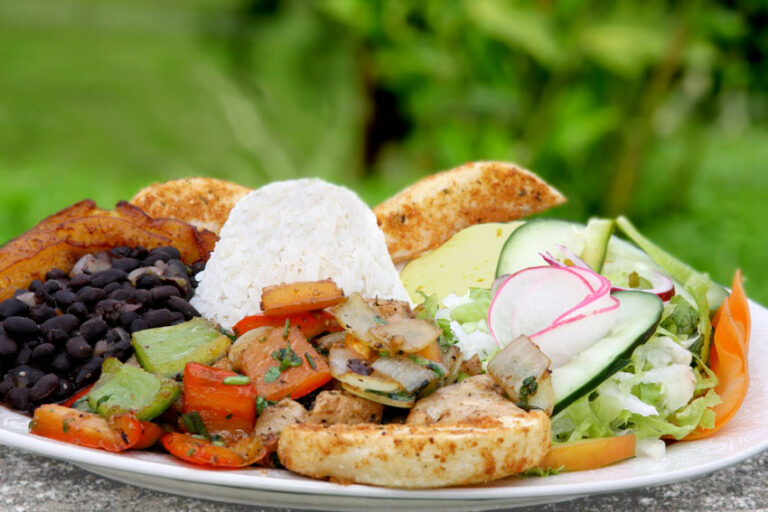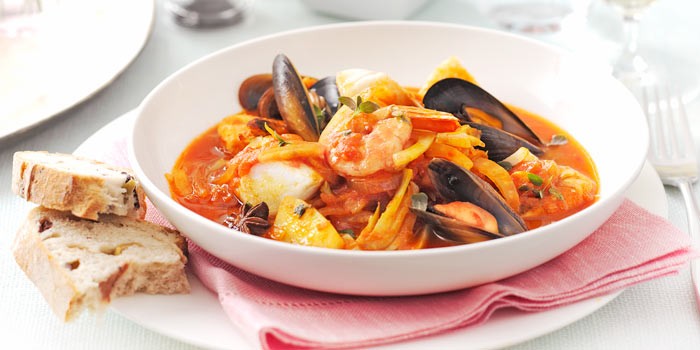Introduction: Understanding Chinese cuisine
Chinese cuisine is one of the most diverse and complex in the world. It is characterized by a wide variety of ingredients, cooking techniques, and regional specialties. From spicy Sichuan dishes to delicate Cantonese dim sum, Chinese cuisine offers a rich and flavorful dining experience that has captivated food lovers around the globe.
The role of spices in Chinese dishes
Spices play a crucial role in Chinese cooking, adding depth, complexity, and heat to many dishes. Some of the most common spices used in Chinese cuisine include Sichuan peppercorns, star anise, cinnamon, cloves, fennel, and ginger. These spices are often used in combination to create complex flavor profiles, such as the numbing and spicy taste of Sichuan cuisine. However, not all Chinese dishes are spicy, and many emphasize the natural flavor of the ingredients.
Soy sauce: A staple in Chinese cooking
Soy sauce is one of the most quintessential ingredients in Chinese cuisine. Made from fermented soybeans, wheat, and salt, soy sauce is used as a seasoning and marinade in many dishes. It adds a savory umami flavor and a dark color to stir-fries, marinades, and dipping sauces. There are many different types of soy sauce, including light, dark, and aged varieties, each with its own unique flavor profile.
Oyster sauce: A flavorful ingredient
Oyster sauce is another popular seasoning in Chinese cooking. Made from oysters, sugar, soy sauce, and other flavorings, oyster sauce adds a rich, savory flavor to stir-fries and other dishes. Despite its name, oyster sauce does not have a strong seafood flavor and is suitable for vegetarians who enjoy its umami taste.
Rice and noodles: Essential components
Rice and noodles are essential components of Chinese cuisine, serving as the foundation of many dishes. Rice is a staple food in China, and is often served as plain steamed rice or fried rice. Noodles come in many shapes and sizes, from thin rice noodles to thick wheat noodles. They are used in soups, stir-fries, and cold dishes, and are often paired with meat or vegetables.
Vegetables: A crucial part of Chinese cuisine
Vegetables are a crucial part of Chinese cuisine, and many dishes feature a wide variety of stir-fried, steamed, or braised vegetables. Common vegetables used in Chinese cooking include bok choy, Chinese broccoli, snow peas, mushrooms, and bean sprouts. These vegetables add flavor, texture, and nutrients to many dishes, making them a healthy and delicious option.
Meat and seafood: Popular protein sources
Meat and seafood are popular protein sources in Chinese cuisine, and are often used in stir-fries, soups, and dumplings. Pork, chicken, beef, and lamb are commonly used meats, while seafood such as shrimp, crab, and fish are also popular. Many dishes also feature tofu, a vegetarian protein source that is commonly used in Chinese cuisine.
Conclusion: The diversity of Chinese flavors
In conclusion, Chinese cuisine is a diverse and flavorful culinary tradition that offers something for everyone. From spicy Sichuan dishes to delicate Cantonese dim sum, Chinese cuisine features a wide variety of ingredients, cooking techniques, and regional specialties. Whether you’re a meat lover or a vegetarian, there is something in Chinese cuisine to satisfy your taste buds.


